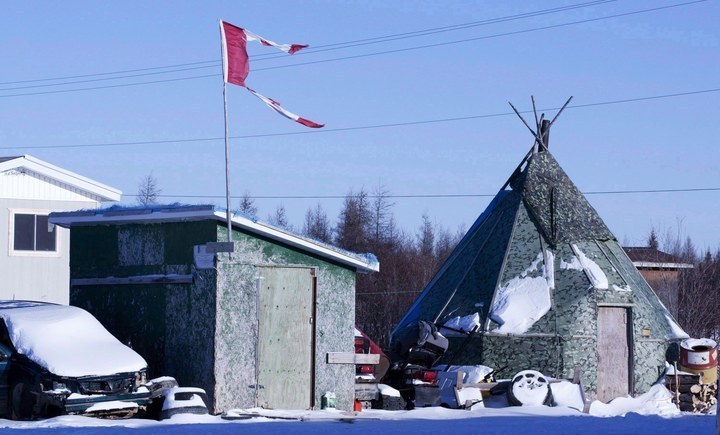More than 100 people, including children, have tried to commit suicide in Attawapiskat, a remote First Nation in Ontario that’s home to about 2,000 people, in the past seven months, the CBC reported. Attawapiskat previously declared a state of emergency in 2011 because of a severe housing crisis. Canada’s Indigenous people — a population of about 1.4 million people — have high levels of poverty and a lower life expectancy than the Canadian average, the BBC reports.

Why have there been so many suicide attempts in Attawapiskat?
Many say living conditions (some families, lacking proper housing, have spent years living in a single room), drug problems, and generations of abuse suffered at the hands of the residential school system are to blame. Between 1876 and 1996, Canada’s federal government forced Indigenous children to attend residential schools in an effort to assimilate Indigenous peoples. The children were sometimes physically and sexually abused by staff.
How common is this problem?
Although Attawapiskat has made the most national headlines in recent years, it’s not the only Indigenous community that has this problem. The suicide rate in First Nations communities is about 24 deaths per 100,000 people, double that of the general public — and even higher among youths.
Has the Canadian government taken any action?
The most recent federal budget allocated about $8.4 billion over four years to Indigenous peoples, including $4.2 billion for education. Both the provincial and federal governments have sent emergency health care workers to Attawapiskat to deal with the immediate crisis.

